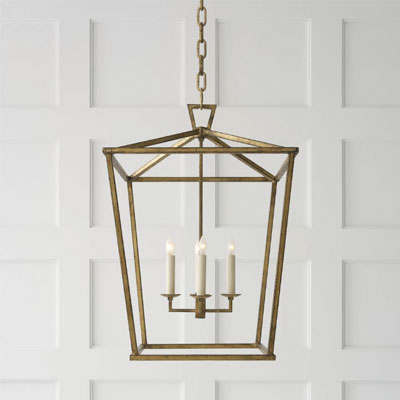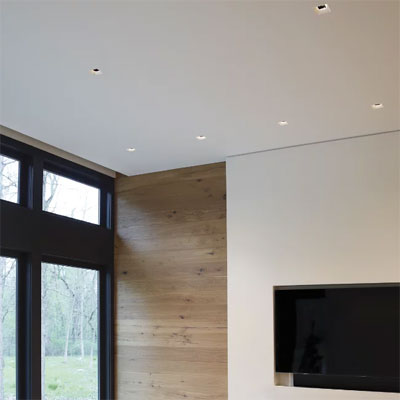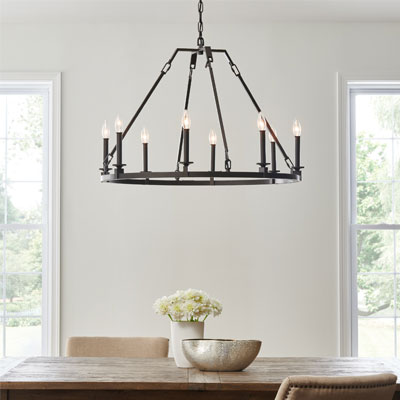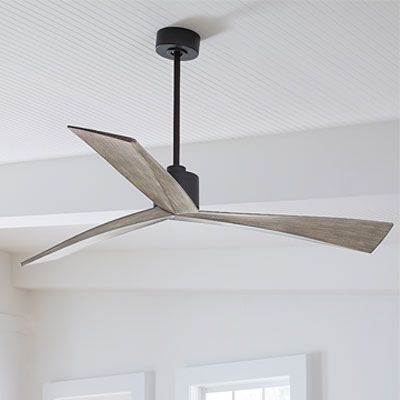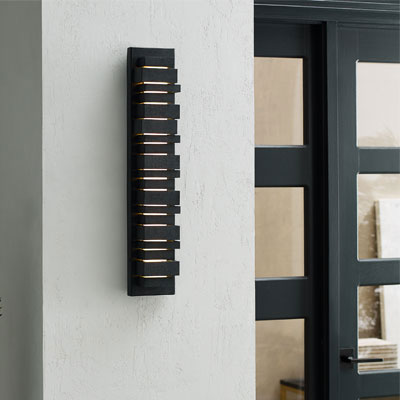Some brands are excluded.
&Tradition, Alessi, Artek, Arteriors, B&B Italia, Bambrella, BDI, Bernhardt Design, Big Ass Fans, Blomus, Blu Dot, Calligaris, Cappellini, Carl Hansen, Casablanca Fan Company, Cerno, Cherner Chair Company, Chilewich, Copeland Furniture, Corbett Lighting, Craftmade Fans, Cyan Design, Davide Groppi, dweLED, EcoSmart Fire, Eglo, Ethnicraft, Fanimation Fans, Fatboy, Fermob, Fine Art Handcrafted Lighting, FLOS, Fredrick Ramond, Fritz Hansen, Gabriel Scott, Gan Rugs, Generation Lighting, George Kovacs, Greenington, Gus Modern, Heller, Herman Miller, Hinkley, Hubbardton Forge, Hudson Valley Lighting, Humanscale, Hunter Fans, Huppe, Iittala, J. Adams & Co., Juniper Design, Kebe, Knoll, Lafer, Lafuma, Lechuza, Loll Designs, Loloi, Louis Poulsen, Lyon Beton, LZF, Magis, Marset, Metropolitan Lighting, Midj, Minka Aire Fans, Minka-Lavery, Mitzi, Modern Fan Company, Modern Forms, Modloft, Modloft Black, Moooi Carpets, Nanimarquina, Nomon, Oxygen Lighting, Pablo Designs, Petite Friture, Poltrona Frau, QLOCKTWO, Quorum International, Regina Andrew, Roll & Hill, RS Barcelona, Schonbek, Secto Design, SONNEMAN Lighting, Steelcase, Stickbulb, Teckell, Terzani, The Great Outdoors: Minka-Lavery, Toulemonde Bochart, Troy Lighting, Vibia, Visual Comfort Architectural, Visual Comfort Fan, Visual Comfort Modern, Visual Comfort Signature, Visual Comfort Studio, Vitra, Vondom, WAC Lighting, ZANEEN design. Some eligible brands may include items that do not qualify
for this promotion. This list is subject to change at any time. All open-box, clearance, light bulbs and
some sale items are also excluded from this offer. Cannot be combined with any other offers or past
orders.
Discount does not apply to furniture, clearance or open-box items.




